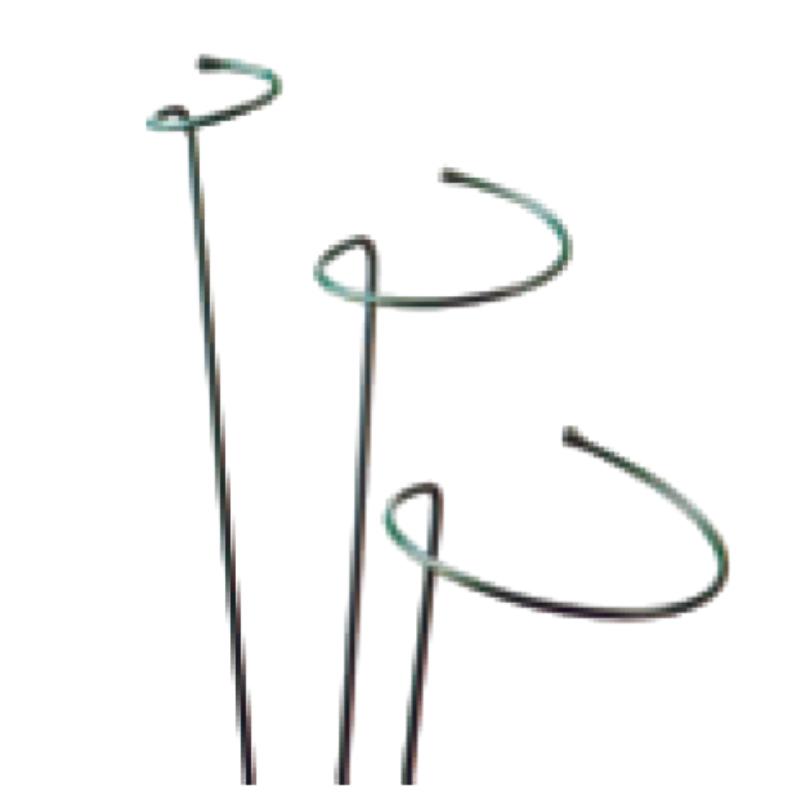-
Lengolo-tsoibila:zhao@hyliec.cn
-
Mohala:+86 311 85273988
-
WhatsApp:8613931128750
-
 Moafrika
Moafrika -
 Sealbania
Sealbania -
 Seamharic
Seamharic -
 Searabia
Searabia -
 Searmenia
Searmenia -
 Se-Azerbaijani
Se-Azerbaijani -
 Sebasque
Sebasque -
 Sebelarusia
Sebelarusia -
 Benghali
Benghali -
 Sebosnia
Sebosnia -
 Se-Bulgaria
Se-Bulgaria -
 Secatalan
Secatalan -
 Sebuano
Sebuano -
 Corsican
Corsican -
 Secroatia
Secroatia -
 Czech
Czech -
 Sedanishe
Sedanishe -
 Se-Dutch
Se-Dutch -
 Senyesemane
Senyesemane -
 Esperanto
Esperanto -
 Seestonia
Seestonia -
 Sefinnishe
Sefinnishe -
 Sefora
Sefora -
 Sefrisia
Sefrisia -
 Segalician
Segalician -
 Segeorgia
Segeorgia -
 Sejeremane
Sejeremane -
 Segerike
Segerike -
 Segujarati
Segujarati -
 Secreole sa Haiti
Secreole sa Haiti -
 hausa
hausa -
 siwaiian
siwaiian -
 Seheberu
Seheberu -
 Che
Che -
 Miao
Miao -
 Se-Hungary
Se-Hungary -
 Seiceland
Seiceland -
 igbo
igbo -
 Seindonesia
Seindonesia -
 irish
irish -
 Setaliana
Setaliana -
 Sejapane
Sejapane -
 Se-Javanese
Se-Javanese -
 Kannada
Kannada -
 kazakh
kazakh -
 Khmer
Khmer -
 Rwanda
Rwanda -
 Sekorea
Sekorea -
 Sekurdish
Sekurdish -
 Sekyrgyz
Sekyrgyz -
 Lefuba
Lefuba -
 Selatine
Selatine -
 Selatvia
Selatvia -
 Selithuania
Selithuania -
 Se-Luxembourgish
Se-Luxembourgish -
 Semacedonia
Semacedonia -
 Malgashi
Malgashi -
 Semalay
Semalay -
 Semalayalam
Semalayalam -
 Semalta
Semalta -
 Semaori
Semaori -
 Marathi
Marathi -
 Mongolian
Mongolian -
 Myanmar
Myanmar -
 tsa Nepali
tsa Nepali -
 Norwegian
Norwegian -
 Norwegian
Norwegian -
 Occitan
Occitan -
 Sepashto
Sepashto -
 Sepersia
Sepersia -
 Sepolishe
Sepolishe -
 Sepotoketsi
Sepotoketsi -
 Sepunjabi
Sepunjabi -
 Seromania
Seromania -
 Serussia
Serussia -
 Sesamoa
Sesamoa -
 Segaeli sa Scotland
Segaeli sa Scotland -
 Seserbia
Seserbia -
 Senyesemane
Senyesemane -
 Seshona
Seshona -
 Sindhi
Sindhi -
 Sesinhala
Sesinhala -
 Seslovak
Seslovak -
 Seslovenia
Seslovenia -
 Somalia
Somalia -
 Sepanish
Sepanish -
 Sesundanese
Sesundanese -
 Seswahili
Seswahili -
 Seswedishe
Seswedishe -
 Setagalog
Setagalog -
 Se-Tajik
Se-Tajik -
 Setamil
Setamil -
 Setatare
Setatare -
 Setelugu
Setelugu -
 Sethai
Sethai -
 Se-Turkey
Se-Turkey -
 Turkmen
Turkmen -
 Seukraine
Seukraine -
 Seurdu
Seurdu -
 Uighur
Uighur -
 Seuzbek
Seuzbek -
 Sevietnam
Sevietnam -
 Welsh
Welsh -
 Thusa
Thusa -
 Yiddish
Yiddish -
 Yoruba
Yoruba -
 Sezulu
Sezulu
Metal Plant Supports
What Is The Support Structure Of A Plant?
The support structure of a plant refers to the system of tissues and organs that provide stability and enable the plant to maintain an upright position. This support structure includes several key components:
1. Cell walls: The rigid cell walls of plant cells provide structural support, especially in non-woody plants. The cell walls help maintain the shape and rigidity of the plant's cells, contributing to its overall structure.
2. Stems: Stems play a crucial role in supporting the plant and providing a framework for the attachment of leaves, flowers, and reproductive structures. The stems also facilitate the transport of water, nutrients, and sugars throughout the plant.
3. Roots: The root system anchors the plant in the soil, providing stability and support. Additionally, roots absorb water and nutrients from the soil, contributing to the overall health and growth of the plant.
4. Vascular tissues: Xylem and phloem are specialized tissues that form the plant's vascular system. Xylem transports water and minerals from the roots to the rest of the plant, while phloem transports sugars and other organic compounds to various parts of the plant.
5. Specialized structures: Some plants have specialized support structures, such as tendrils, thorns, or aerial roots, which aid in climbing, attachment, or additional support.
The combination of these structural elements allows plants to maintain their shape, withstand environmental forces, and support essential physiological processes.
Iron Plant Supports Faq
What are the benefits of using iron plant supports?
Iron plant supports offer durability and strength, making them suitable for providing robust support for heavy or sprawling plants. They can withstand the weight of mature plants and help maintain their shape and structure.
What types of plants are best supported by iron plant supports?
Iron plant supports are well-suited for providing support to a wide range of plants, including peonies, roses, delphiniums, and other tall or heavy-flowering perennials. They can also be used for supporting climbing plants such as clematis or sweet peas.
How should iron plant supports be installed?
Iron plant supports should be installed firmly in the ground to ensure stability. When supporting individual plants, place the support structure around the plant early in the growing season, allowing the plant to grow into and around the support naturally.
Are there different styles and designs of iron plant supports available?
Yes, iron plant supports come in various styles and designs, including hoop supports, grid supports, and individual stakes. These different designs cater to the specific needs of different types of plants and can provide effective support while enhancing the visual appeal of the garden.
How can iron plant supports be maintained?
To maintain iron plant supports, periodically inspect them for signs of rust or corrosion, especially if they are exposed to the elements. If rust is present, it can be removed using a wire brush, and the supports can be treated with a rust-resistant coating or paint to prolong their lifespan.






